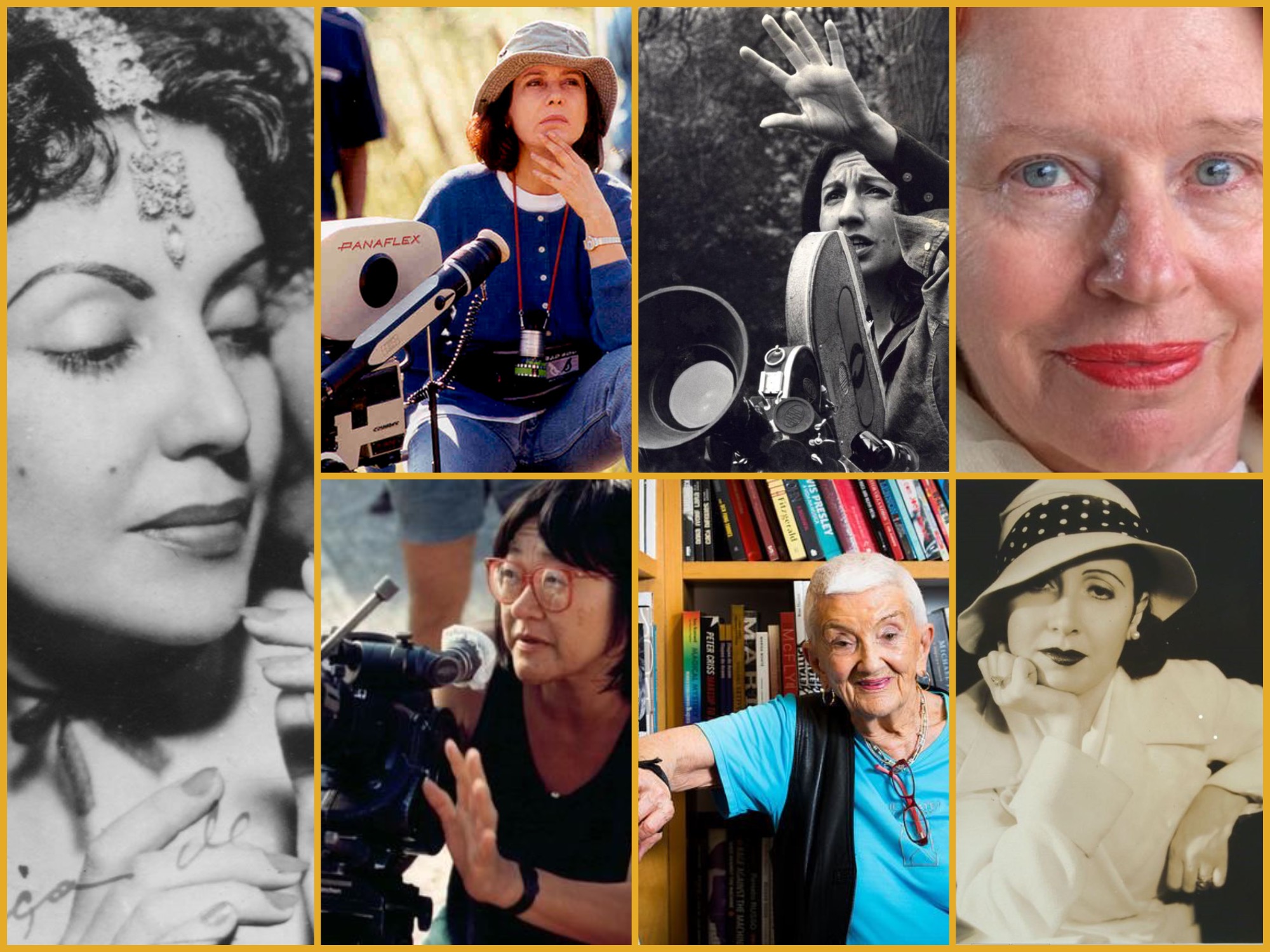
- Industry
Brazilian Female Filmmakers: Part I – The Beginning and the Struggle
Consider this. As late as the Second World War, only four Latin American countries had granted their women the right to vote: Ecuador in 1929; Brazil and Uruguay in 1932; and Cuba in 1937.
In a vast continent with riches of all kinds, social, cultural, and political conditions conspire to make the path of female Latin American filmmakers extraordinarily difficult. And yet, there they are.
Since the dawn of the 20th century, Brazilian women have been pushing the boundaries built to ensure that they remain second-class citizens in all aspects, including cinema. Like many stars of the silent era, actresses like Mary Pickford, Lois Weber or Dorothy Davenport Reid discovered that work behind the camera – as directors and producers – was more fulfilling and expressive, a gesture of control and emancipation.
In 1919, a Portuguese-born 14-year-old sales clerk in Rio de Janeiro, Maria do Carmo Santos, decided on a whim to try her luck for a role on the silent moving picture Urutu, produced and directed by the American William Jensen. To her surprise she got the part, changed her name to Carmen Santos, and quickly built a career in the silent movies, working with the first Brazilian filmmakers such as Humberto Mauro, Mario Peixoto, and Adhemar Gonzaga.
Satisfied with work in front of the camera, Santos decided to launch her own production company in partnership with Mauro. Besides the short A Carne (The Flesh, 1923), Santos directed and produced several films which, sadly, didn’t survive a fire that razed the Vox studios in 1940. Her only surviving title is the historical drama Inconfidência Mineira (The Minas Revolt) from 1948.
The other trailblazer of Brazilian filmmakers was Gilda de Abreu. The daughter of a Portuguese opera singer and a Brazilian diplomat – which explains why she was born in Paris in 1904 –Abreu began as a stage actress in the 1930s and six years later, opted for the screen. After 10 years of working in diverse movies from the same illustrious local filmmakers, Abreu turned her back on acting. Dissatisfied with the roles available, Abreu began developing, producing, and directing her own material. In 1946, her neo-realist drama O Ébrio (The Drunk), starring Abreu’s then-husband, the singer Vicente Celestino, was an enormous success, and still remains one of the landmarks of Brazilian cinema. Abreu would keep working behind the camera and as a writer until her death in 1979.
The US-supported military coup of 1964, and the 21 years of dictatorship that would follow, saw a burst of talent from a new generation of women filmmakers. Even under the most repressive censorship, films from directors like Ana Carolina, Suzana Amaral, Tizuka Yamazaki, Teresa Trautman and Helena Solberg would squeeze by and end up in cinemas, even when scenes and sequences had been chopped off by the censors.
Solberg’s Emmy-winning From the Ashes: Nicaragua Today (1982), her first feature documentary after several shorts that struggled against the dictatorship from 1966 to 1977, had the luxury of being a US production, and it was never shown in Brazil at the time.
Ana Carolina’s Mar de Rosas (Sea of Roses, 1978) uses the tools of dark, surreal humor to eviscerate the ideals that emboldened the dictators – ‘tradition, family, property.’ Yamazaki’s beautiful Gaijin (1980), a drama set against the early years of Japanese emigration to Brazil, touches upon the notions of nationality and integration.
Trautman’s Os homens que eu tive (The Men I Had, 1980) went too far for the powers that be. An unfettered look at woman’s sexuality, it was banned from Brazilian screens for more than a decade – even after the dictatorship had fallen in 1985, something that explains the cultural wall that makes a distinction between men and women in all manners of expression. “The dictatorship had forbidden me to discuss the social realities of my country,” Trautman said to a major local newspaper when the film had finally been released. “But there was a private matter that was also social that I wanted to discuss – the feminine condition.”
In 1985, the year of the end of the right-wing military dictatorship, Amaral’s sweet A Hora da Estrela (The Hour of the Star, 1985), about a working-class woman who dreams of being a radio star, became a hit.
The women had faced all obstacles, be they cultural or political, and opened spaces for new audiences and new female filmmakers. They would answer it with talent, grit, and passion.

